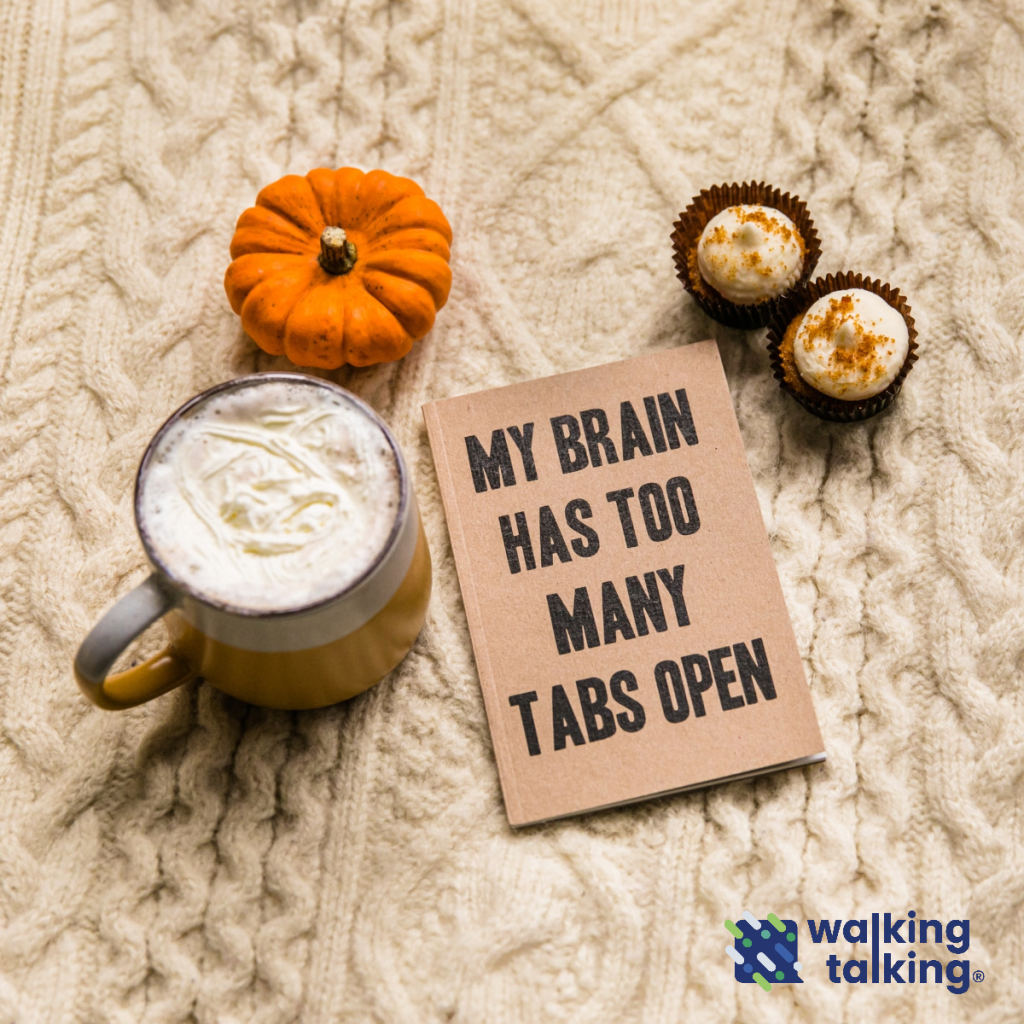The importance of movement
Many of us spend hours sitting at desks, immersing ourselves in tasks and projects. While focus and dedication are essential, there’s a recognition of the importance of incorporating movement breaks into our workdays. Understanding their benefits can help foster a healthier and more productive workplace.
Physical health benefits
Prolonged sitting can lead to a range of health issues, including obesity, cardiovascular disease, and musculoskeletal disorders. Movement breaks, even if they last just a few minutes, can counteract the negative effects of a sedentary lifestyle. Stretching, walking around the office, or performing simple exercises can help maintain flexibility and prevent stiffness. Regular movement encourages blood circulation, which is crucial for overall health and can reduce the risk of chronic diseases.
Mental clarity boost
Sitting for extended periods can contribute to mental fatigue. Taking movement breaks can refresh the mind, improve focus, and increase creativity. Engaging in light physical activity stimulates the release of endorphins, neurotransmitters that promote feelings of happiness and well-being. A short walk or a set of stretches can provide that much-needed mental reset, making it easier to tackle tasks with renewed vigor.
Enhanced productivity
Counterintuitive as it may seem, taking breaks can ultimately boost productivity. By allowing employees to step away from their desks, they return with a clearer mind and a more energized body. Studies show that work efficiency and creativity tend to increase after short breaks, as the brain has an opportunity to rest and reset. Implementing scheduled movement breaks can transform an average workday into one filled with heightened performance.
Fostering team connections
Movement breaks also provide an excellent opportunity for social interaction. When colleagues take a break together, it encourages team collaboration, and relationships. Whether through a quick chat while stretching or engaging in a group walk, these moments can enhance workplace camaraderie, leading to a more positive and cohesive work environment. And remember, you can have a quick chat with your colleague while working remotely as well.
Implementing movement breaks
Encouraging movement breaks in the workplace can be simple and effective. Organizations can promote walking meetings, set reminders for regular breaks, or even design spaces for casual stretching and movement. Leaders can encourage a culture that values health by leading the way and taking regular breaks themselves.
Movement breaks are not just a luxury; they are essential for maintaining physical and mental well-being during the workday.



